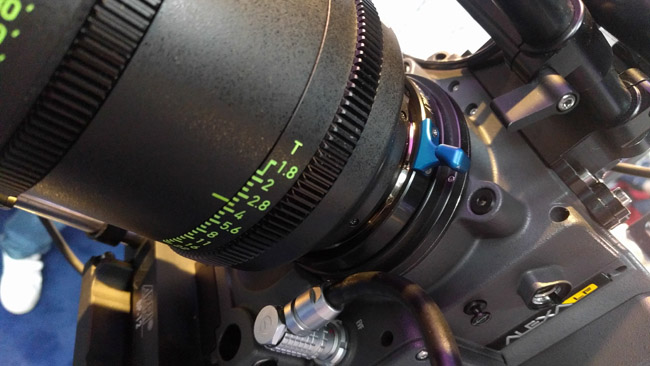
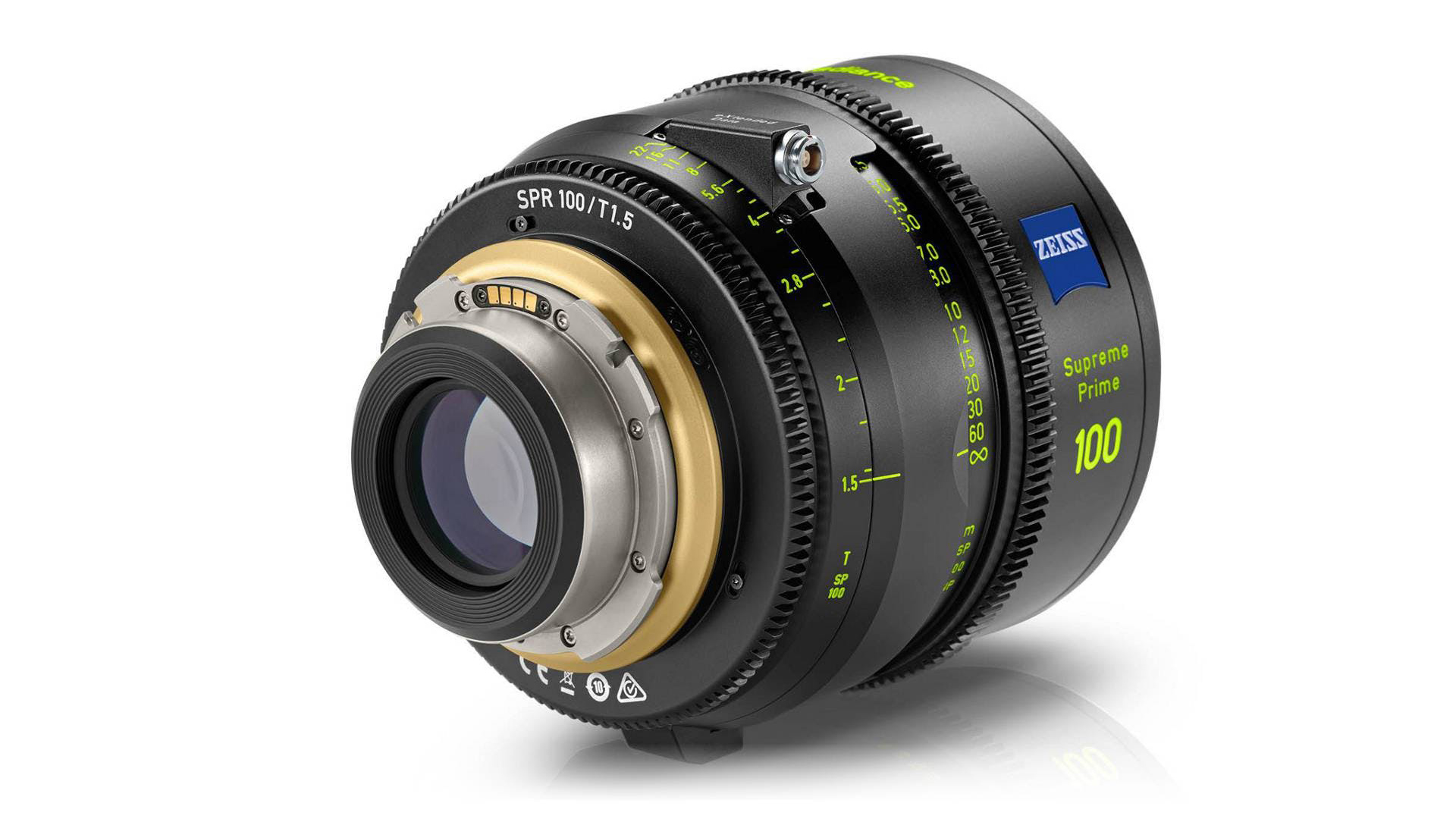 Wouldn't it be amazing if there was only one lens mount? But even if it is technically possible, there are reasons why it wouldn't, and possibly shouldn't happen.
Wouldn't it be amazing if there was only one lens mount? But even if it is technically possible, there are reasons why it wouldn't, and possibly shouldn't happen.
One lens mount to rule them all? It can be a large source of frustration when choosing a new camera. Which lens mount do you go for? And the big question that always arrises is, why can't we just have one common mounting system?
Probably the biggest reasons there aren’t more commonality in lens mounts are commercial and political, but those are human factors. We could, in theory, change them. But is it technically possible?
This arises from a question posted on another article which suggested that the large number of incompatible mounts represents a lose-lose scenario for manufacturers, who suffer a more limited market than they otherwise might, and users, whose lenses are limited in compatibility. The politics really make very little sense. Technically, though, the question is whether all cameras could use the same lens mount.
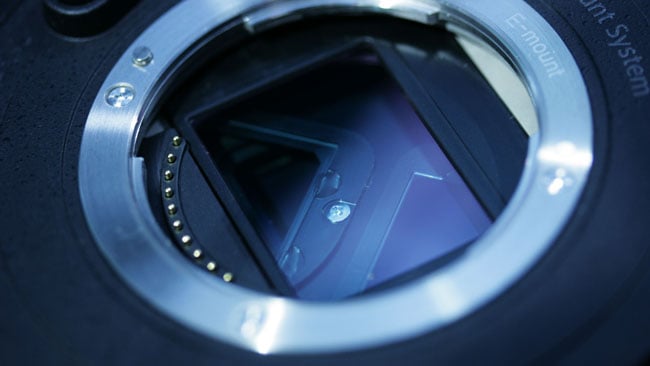
Sony's E mount is shallow, but not particularly wide
What do lens mounts do (apart from the obvious)?
To understand that question, we need to consider what lens mounts do. At the simplest level, they hold the lens a specific distance from the sensor or film, the flange focal distance (FFD). It’s easy to assume that FFD is the critical engineering concern, though that’s actually one way lens mounts differ. For a PL-mount prime with precision focus marks, FFD is critical. For an EF-mount lens designed for stills work which has electronic focus control, it’s not. The EF mount has a specified FFD of 44mm, but for most EF lenses the tolerance is comparatively large. An EF lens does not know what distance it is focussed to; the camera simply commands focus changes until the subject is sharp. Most EF lenses are capable of focusing significantly beyond infinity so that the mount could be terribly wrong before the problem became noticeable.
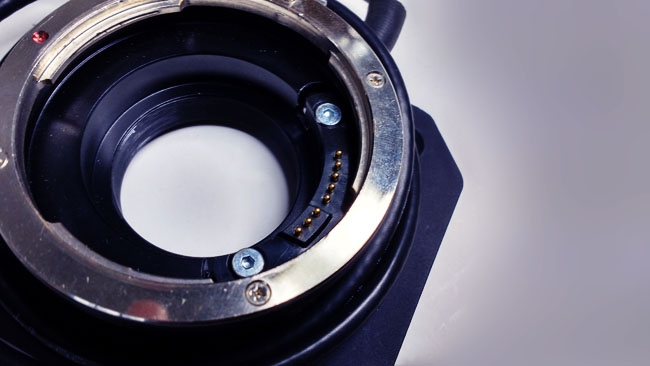
Making the mount on the camera interchangeable is a good start, although there's not much difference in concept between changing a mount and changing an adaptor, other than permanence
This affects engineering choices. The EF mount (and most others intended for stills work) is a bayonet mount, where the lens is inserted and twisted. The mating faces are formed by the front of the three blades on the lens mount, and the rear of the three blades in the camera. These parts are held together by leaf springs and slide against one another when a lens is inserted or removed. That sliding action will wear the metal surfaces, potentially affecting FFD. Compare a PL or B4 mount where the mating surfaces are the front of the mount and the back of the blades. The lens is placed in the mount and the locking mechanism rotated into place. The breech lock ring slides against (and actually binds on) the front of the blades on the lens. The lock ring and the front of the blades may wear, but they don’t control the FFD.
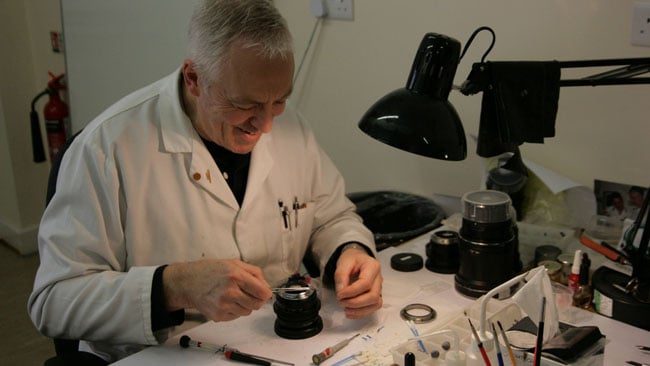
When it's worthwhile for an engineering company, such as TLS, to work almost solely in the field of remounting lenses, we know there's something of a compatibility crisis
Many mechanical prime lenses are available in EF mount and demonstrate that it is capable of maintaining a workable accurate FFD, but it was really designed to be small, light, easy to handle and affordable. Could Canon have made every DSLR they’ve ever put out with a PL mount? Technically, sure, but it’d be horribly expensive, awkward and front-heavy. And, of course, completely unnecessary.
Adaptable mounts
So in practice, it might not make sense to put the same mount on every camera. Probably a better idea would be to ensure cameras have a mount that’s adaptable to a wide variety of lenses, and lenses have a mount that’s adaptable to a wide variety of cameras. This tends to imply a very short FFD camera mount, because it’s easy to space a lens away from a camera but difficult to sink a lens inside the camera body. This is awkward with two of the world’s most popular mounts, PL and EF, because they’re comparatively narrow, and comparatively deep because they’re designed to make space behind the lens for either a reflex or rotating mirror.
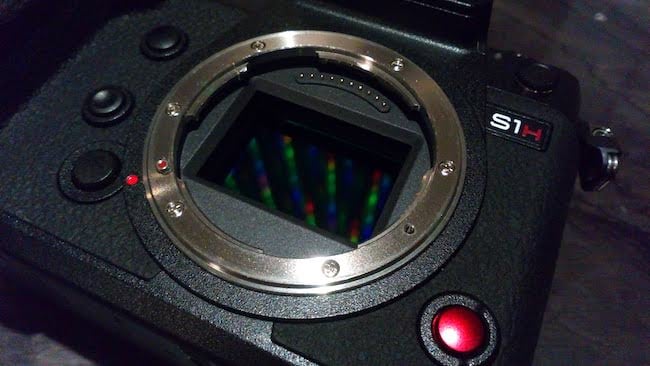
Leica L mount on Panasonic S1H
Solutions have been tried. The FZ mount appears on Sony’s F3, F5 and F55, placing the sensor very close to the front of the camera behind a very wide opening. FFD is a mere 19mm, inside diameter is a giant 84mm and it’s a breech locking design. Few mounts are so shallow and so wide as to collide with FZ, so that an adaptor is possible to practically any other mount. The idea of FZ is not really that there will be a huge variety of FZ lenses – only a handful were ever made - but so that it can be adapted to other things. The same can be said for Sony’s E Mount and the comparable micro-four-thirds, though while they’re very shallow the internal diameter is only 46mm and 38mm respectively. JVC managed to fit a Super-35mm sensor behind micro four-thirds on the GY-LS300, but it’s visibly a squeeze. The very problem, of course, is that FZ is huge, and would increase the size, weight and cost of many smaller cameras.
Deep mounts
Perhaps it would be easier to make lenses which expect a very deep mount, so that adaptors can space them away from cameras. The problem is that is large FFDs are which is difficult from an optical design standpoint. Pierre Angénieux himself effectively pioneered retrofocal lens design, which allows for a larger FFD. Without going into the details, it becomes more difficult to make shorter focal lengths (or zooms with a short minimum focal length) of a given speed the larger the FFD becomes; it’s a massive problem for broadcast TV lenses, which represent some of the most complex designs around in order to achieve a low f-number and focal length. The penalty is optical performance. It’s easy to conclude that Canon introduced the RF mount in pursuit of smaller cameras, which is probably true, but it also makes cheaper, better, faster, wider lenses easier.
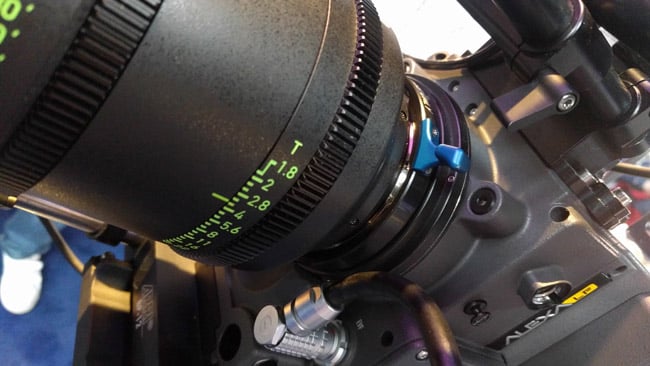
Giant LPL mount on an Alexa LF. FZ could have worked here, but... politics
So, is it possible to put everything behind a single lens mount? Sure. The answer is more or less “put FZ on everything,” or something equivalent. But it a good idea?
Probably not. It might make sense to put FZ on cinema cameras, and perhaps on TV cameras (which need the mechanical stability of a breech lock), and something like Leica L on stills cameras that can handle the short 20mm FFD. Possibly we could get it down to two, and then the lens people can do more or less what they like, give or take the entirely adjacent problem of electronics. And then there’s the commerce and the politics.
Tags: Production


Comments